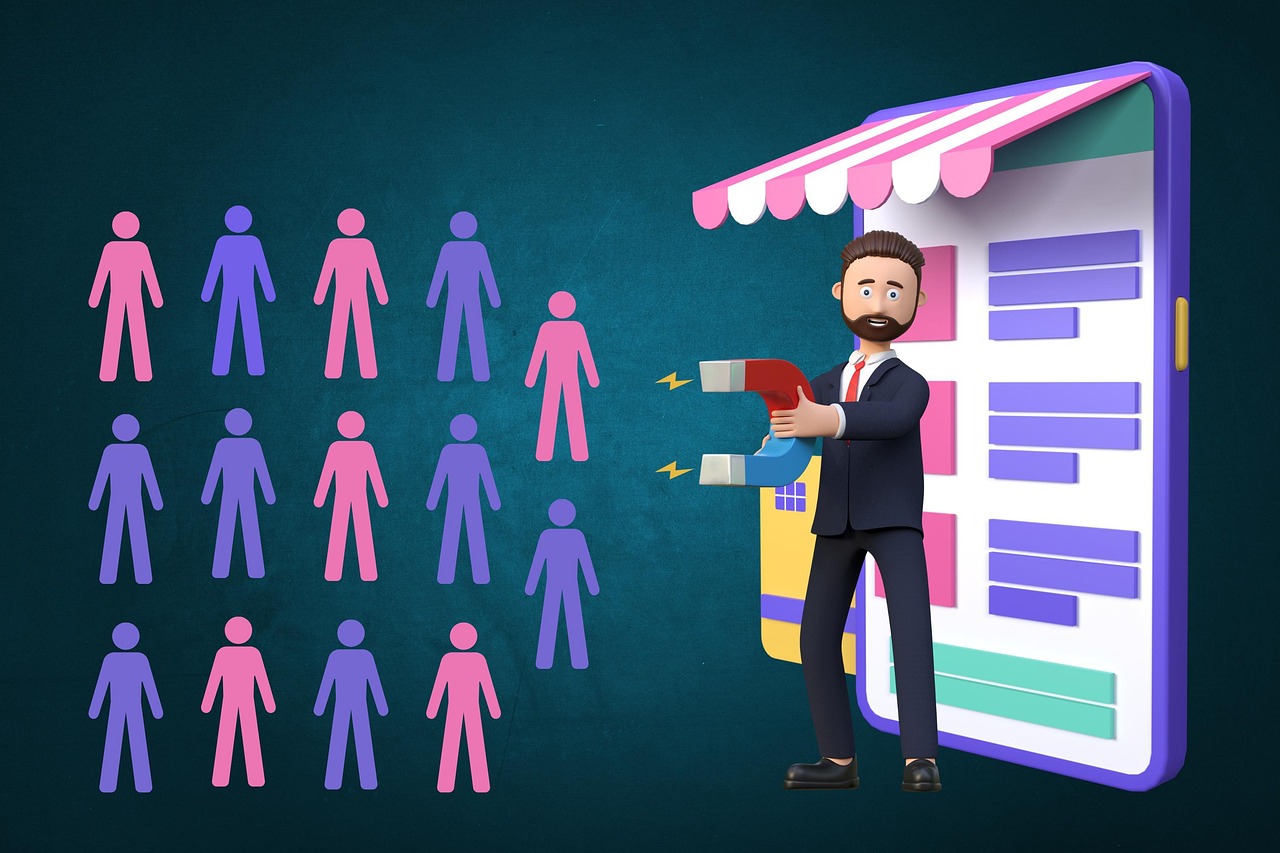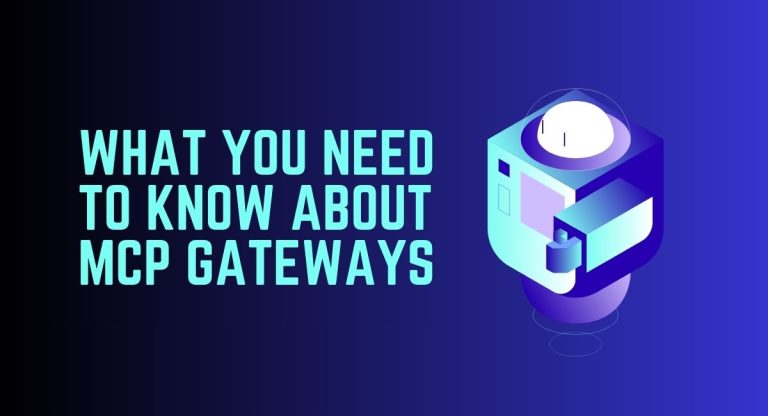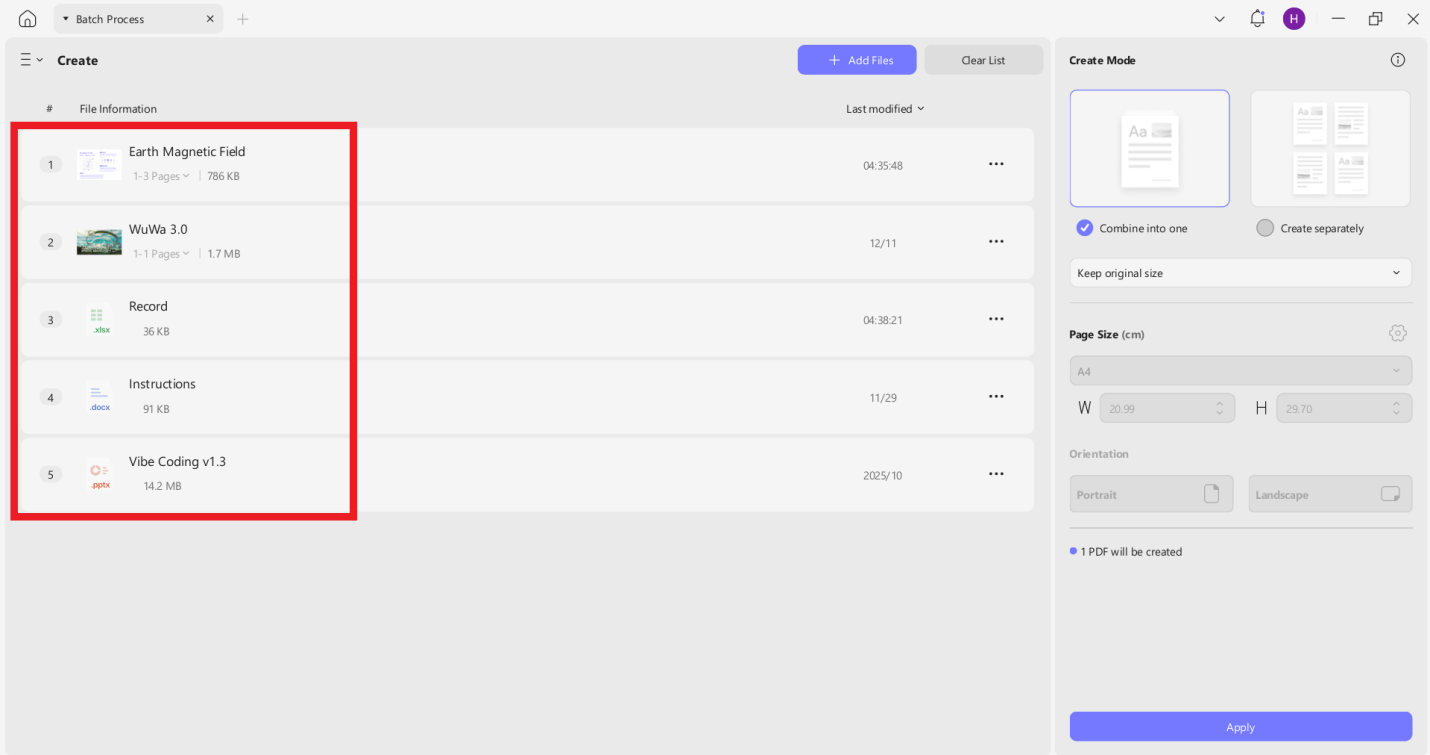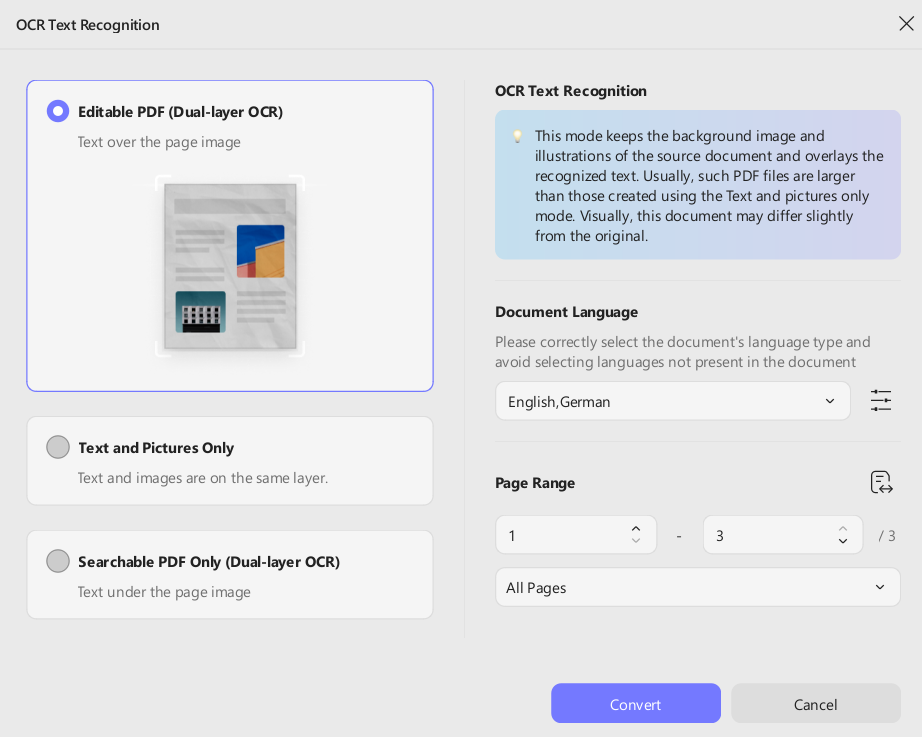Learn how to make the most of affiliate opportunities online in this post.
Many people struggle to earn extra money online with affiliate marketing. Studies show that good strategies can boost your commission and make your efforts pay off. This blog will guide you through simple steps, from picking a niche to making more sales.
Keep reading to learn how you can start growing your online income today!
Table of Contents
Identify Your Niche
After learning how affiliate opportunities can grow your online income, the next step is to focus on niche marketing. Pick a topic or area that matches your interests and knowledge.
For example, fitness, tech gadgets, or pet care are strong choices if you know those topics well. People who target specific niches see higher engagement rates and better monetization strategies.
A clear focus helps attract the right audience who trust your advice and click on your affiliate links. In 2023, experts found that niche blogs earned up to 60% more commission compared to broad-topic sites.
This targeted approach also boosts SEO performance because search engines value specialized content.
Choose a niche you enjoy and know; it makes content creation easier and earns more loyal readers.
Choose the Right Affiliate Programs
Pick affiliate programs that fit your site and audience well. This can help you earn more commission and keep your viewers interested.
High-paying programs
High-paying affiliate programs can boost your income. Look for companies that offer high commissions. Many brands pay 30% to 50% on each sale. Some even provide a flat rate per referral, like $100 or more.
Choose programs relevant to your audience’s needs. If you promote products they want, chances of earning increase. Tools like Amazon Associates and ShareASale are popular choices with many options.
These platforms help you find the right fit for your niche and maximize earnings easily.
Programs relevant to your audience
Choose programs that relate to your audience’s interests. Look for affiliate offerings that match their needs and hobbies. If your audience loves tech, promote gadgets and software.
For a health-focused group, share fitness products and supplements.
Matching your programs with the right audience boosts engagement. This leads to better conversions. Always keep their preferences in mind as you select offers to share next. Building a platform for promotion comes next, so let’s explore how to do that effectively.
Build a Platform for Promotion
To promote your affiliate links, you need a strong platform. You can start with a blog or create videos on YouTube to reach more people.
Blogging
Blogging is a great way to share your thoughts and ideas. It allows you to connect with an audience while promoting affiliate links. Focus on writing clear and engaging posts that relate to your niche.
Each post can help drive traffic to your site, boosting your chances of earning commissions.
Create high-quality content that answers questions or solves problems for readers. Tutorials, product reviews, and lists all work well. Using SEO strategies will also help more people find your blog online.
The right keywords can increase visibility and improve conversion rates for the products you promote through your affiliate programs.
YouTube
YouTube is a great platform for promotion. It allows you to reach a wide audience. Creating videos can show off your affiliate products in action. Tutorials and reviews work well here.
Viewers like to see how products work before buying.
Use SEO strategies on your YouTube videos. This helps more people find your content easily. Include keywords in titles and descriptions to boost visibility. Share links in the video description, so viewers can buy what you recommend directly from there.
Engaging content will keep users watching longer and will help with traffic generation too.
Create High-Quality, Engaging Content
Creating good content is key to affiliate success. Use tutorials and reviews to catch your audience’s eye and keep them interested.
Tutorials and product reviews
Creating tutorials and product reviews can boost your affiliate marketing efforts. These methods help engage your audience while promoting products.
- Tutorials teach users how to use a product. They can show step-by-step processes that make it easy for viewers to follow along. This builds trust and shows your expertise in the niche.
By utilizing effective marketing strategies, affiliate marketers can significantly enhance their chances of success in a competitive landscape.
- Product reviews offer opinions on items you have tried. Share personal experiences with the product to make your review relatable. Honest reviews encourage readers to consider buying through your affiliate links.
- Use clear visuals in your tutorials and reviews. Images or videos can better explain the points you make. High-quality visuals attract attention and keep viewers engaged.
- Focus on benefits, not just features, in your content. Explain how a product solves problems for the user. This helps readers see the value of what you’re promoting.
- Include affiliate links naturally within the content. Place them where they make sense based on what you’re discussing. This increases chances of conversion as readers easily find links throughout.
- Encourage audience interaction by asking questions at the end of your posts or videos. Engaged viewers are more likely to share their thoughts and may lead to higher traffic generation over time.
- Update old tutorials and reviews periodically with new information or insights. Fresh content keeps it relevant for new visitors while improving SEO rankings as well.
- Offer comparisons between similar products in your tutorials or reviews, which helps readers decide what works best for them.
Listicles and comparison articles
Listicles and comparison articles can attract a lot of readers. They provide valuable information in an easy way.
- Listicles grab attention with their clear format. Readers like quick and simple content that is easy to digest.
- These articles keep users engaged, making them stay longer on your site. This helps improve traffic generation and boosts your SEO ranking.
- Comparison articles help readers make decisions about products or services. Showing pros and cons makes it easier for them to choose what they want.
- These pieces can include links to affiliate programs, which offers chances for commission-based earnings. Clear links lead readers to purchase options, increasing conversion rates.
- Writing tips can help you create compelling listicles or comparisons. Focus on catchy headlines that spark interest.
- Use relevant keywords like “affiliate marketing” in your headings and text for better search visibility.
- Add visuals like images or videos for better appeal in both types of articles. Visuals break down complex information into easy-to-understand segments.
Creating engaging content through these formats lays the groundwork for driving traffic to your content effectively.
Drive Traffic to Your Content
To draw people to your content, focus on SEO tactics that improve your site’s visibility. Use social media to share your work and connect with a wider audience.
Master SEO strategies
SEO helps your content reach more people. Use it well to boost traffic and conversions.
- Research keywords that fit your niche. Find words your audience searches for often.
- Use keywords naturally in your content. Place them in titles, headings, and within the text.
- Optimize your meta tags for better visibility. This includes your title tags and meta descriptions.
- Write quality content that answers questions. Create helpful resources like guides or FAQs.
- Improve site speed to keep users engaged. Fast-loading pages keep visitors on your site longer.
- Make sure your website is mobile-friendly. Many people search on their phones, so adapt accordingly.
- Build backlinks from reputable sites to enhance authority. Quality links improve how search engines view your site.
- Use alt text for images to describe them clearly. This makes images accessible and improves SEO.
- Update old posts with fresh information to keep them relevant. Regular updates help maintain good rankings.
- Track keyword performance regularly with tools like Google Analytics or SEMrush for insights on improvements needed.
Using strong SEO strategies can boost traffic generation and conversions for affiliate marketing efforts effectively.
Leverage social media platforms
Social media can be a great way to promote your affiliate links. It allows you to reach a larger audience and drive more traffic.
- Create accounts on popular platforms like Instagram, Facebook, Twitter, and TikTok. Each platform has unique features that can help you connect with your audience.
- Share engaging content regularly. This keeps your followers interested in what you have to offer and builds trust.
- Use visuals to attract attention. Pictures, videos, and infographics catch the eye more than plain text.
- Participate in conversations. Responding to comments and messages helps build relationships with your audience.
- Join relevant groups or communities. This allows sharing your expertise while promoting your affiliate products.
- Run targeted ads if budget allows. Paid ads can reach specific audiences interested in what you sell.
- Utilize hashtags effectively. Relevant hashtags increase the visibility of your posts and connect you with interested users.
- Track engagement metrics consistently. Monitoring likes, shares, and clicks helps you understand what works best for driving conversions.
- Collaborate with influencers within your niche. Partnering with them can expose you to their followers and expand your reach.
- Post during peak times for better engagement. Research shows certain times yield higher interaction rates from users on different platforms.
Using social media wisely boosts traffic generation through affiliate marketing efforts. Engaging content combined with targeted strategies can enhance conversion rates significantly.
Optimize for Conversions
Becoming a successful trading affiliate requires a deep understanding of market trends and effective promotion strategies.
- Optimize for Conversions: Use clear calls-to-action in your posts. Test different affiliate links to see which ones work best for earning money.
Use clear calls-to-action
Clear calls-to-action (CTAs) help guide your audience. CTAs tell them what to do next. Use simple phrases like “Click here” or “Sign up now.” This gives readers a clear path forward.
Place these CTAs in key spots within your content. Highlight links and buttons with eye-catching colors. Make sure they stand out on the page. Test different messages to see which ones work best for you.
Effective CTAs can boost traffic and increase conversion rates, making them an important part of your affiliate marketing strategy.
Test and refine affiliate links
Testing and refining affiliate links can boost your earnings. Start by checking if the links direct readers to the right products. If a link has low clicks, it might need a change.
Experiment with different placements in your content. Try adding links inside text or near images.
Analyze data from these tests. Use tools to track how many people click each link. Adjust based on what works best for your audience. Always look for ways to improve conversions and enhance your revenue stream through better affiliate strategies.
Track Performance and Analytics
Keep an eye on how your links are doing. Use data to improve your strategy and boost your success.
Monitor conversion rates
Monitor conversion rates to see how well your affiliate links perform. Look at how many visitors click on your links and make a purchase. This number shows the effectiveness of your strategies.
A high conversion rate means people are acting on what you share.
Use tools like Google Analytics to track this data easily. Check these stats regularly, so you can spot trends or issues quickly. Adjust your content if needed to boost sales; small changes can lead to better results over time.
Adjust strategies based on data
Tracking data helps you see what works. Making changes can improve your results.
- Examine conversion rates. High conversion rates show which methods work best.
- Use tools for analytics. These tools help you gather important data easily.
- Test different strategies often. Try new approaches to see how they perform.
- Check traffic sources frequently. Understand where your visitors come from.
- Analyze audience behavior regularly. Knowing what interests them helps in content creation.
- Adjust your content based on feedback. Take reader suggestions and apply them for better engagement.
- Review affiliate links for performance updates. Update or replace links that aren’t generating income.
- Experiment with different types of content formats weekly. See if videos, blogs, or listicles get more clicks.
- Measure social media engagement carefully. Adjust your posts to match what gets the most interaction.
- Stay flexible and make changes quickly as needed; this is key to ongoing success in affiliate marketing.
Using these steps allows you to optimize your strategies effectively for better results in affiliate opportunities online. Following data-driven decisions can improve your performance and increase revenue streams efficiently through affiliate marketing efforts.
Stay Compliant with Affiliate Guidelines
When you join an affiliate program, you must follow their rules. Use clear disclaimers to inform your audience about your partnerships.
Use affiliate disclaimers
Affiliate disclaimers are important in affiliate marketing. They show honesty and build trust with your audience. You must tell your readers if you earn a commission from links they click.
This is not just good practice; it is also required by law in many cases.
Being clear about your affiliate links helps keep your content transparent. It shows that you value integrity over profit. This can lead to better relationships with followers and more sales over time.
Trust matters, especially when people decide on purchases based on your advice or reviews.
Avoid unethical practices
Unethical practices can harm your affiliate marketing efforts. Choosing programs based on integrity builds trust with your audience. Avoid misleading claims about products. Do not promote items you haven’t used or don’t believe in.
This honesty encourages people to click your links.
Using clear disclaimers shows transparency. Let your audience know you earn a commission if they buy through your link. Respecting rules helps maintain a good reputation and keeps you compliant with affiliate guidelines, enhancing revenue streams over time.
Take Advantage of Seasonal Opportunities
Seasonal events are great chances to boost your affiliate sales. Use holidays and special promotions to attract more customers and increase your earnings.
Black Friday and holiday promotions
Black Friday and holiday promotions offer a great chance for affiliate marketers. Many people shop during this time, looking for deals. You can partner with brands to promote their products.
High discounts attract more buyers, which means more commissions for you.
Timing is key. Start your promotions early to build excitement. Use social media and email lists to reach your audience effectively. Highlight special offers and create urgency with limited-time deals.
These strategies can boost traffic and increase conversions significantly during the holidays.
Limited-time offers
Black Friday and holiday promotions often bring great deals. Limited-time offers also create excitement for shoppers. These offers encourage quick decisions because they are available for a short period.
Setting up limited-time deals can boost your affiliate income. Use these moments to promote specific products through your links. Highlight savings or exclusive items to attract more traffic.
Always remind your audience that the clock is ticking on these special prices, as urgency drives conversions in affiliate marketing.
Build Trust with Your Audience
Building trust with your audience is key. Share your own stories and be open about your experiences to connect better.
Share personal experiences
Sharing personal experiences can help build trust with your audience. Your story makes you relatable. People connect with real-life examples. It shows that you have used the products or services yourself.
For instance, if a program helped you earn extra money, share those numbers. Talk about how it changed your life. Provide details on what worked for you and what didn’t. This openness invites readers to try similar affiliate opportunities online.
They may feel more confident thanks to your honesty and insights.
Focus on transparency
Sharing personal experiences builds trust. Your audience needs to know they can count on you. Transparency is key in affiliate marketing. Always disclose your affiliate links. This lets people know you may earn a commission from their clicks or purchases.
Use clear language about your partnerships with brands. Avoid making false claims about products. Be honest about what you like and dislike. This openness helps maintain credibility with your audience and strengthens relationships, which is important for long-term success in monetization strategies.
Conclusion
Affiliate marketing can boost your income. Focus on your niche and find the right programs. Create great content to attract visitors. Drive traffic using SEO and social media. Trust takes time, so be honest with your audience.
With patience and effort, you can make the most of these opportunities online.
INTERESTING POSTS
- What Are The Top 10 Highest-Paying Jobs Today?
- Ultimate List Of The Best VPN Blogs [2025 LIST]
- 3 Easy Steps To Boost Security For Your eCommerce Business
- Simplifying Global Hiring for Modern Businesses
- 16 Best CyberVista Alternatives For Learning Cybersecurity
- Modern Approaches to Building a Stunning Online Presence
- Keeping Your Apple Devices Running Smoothly and Securely







































